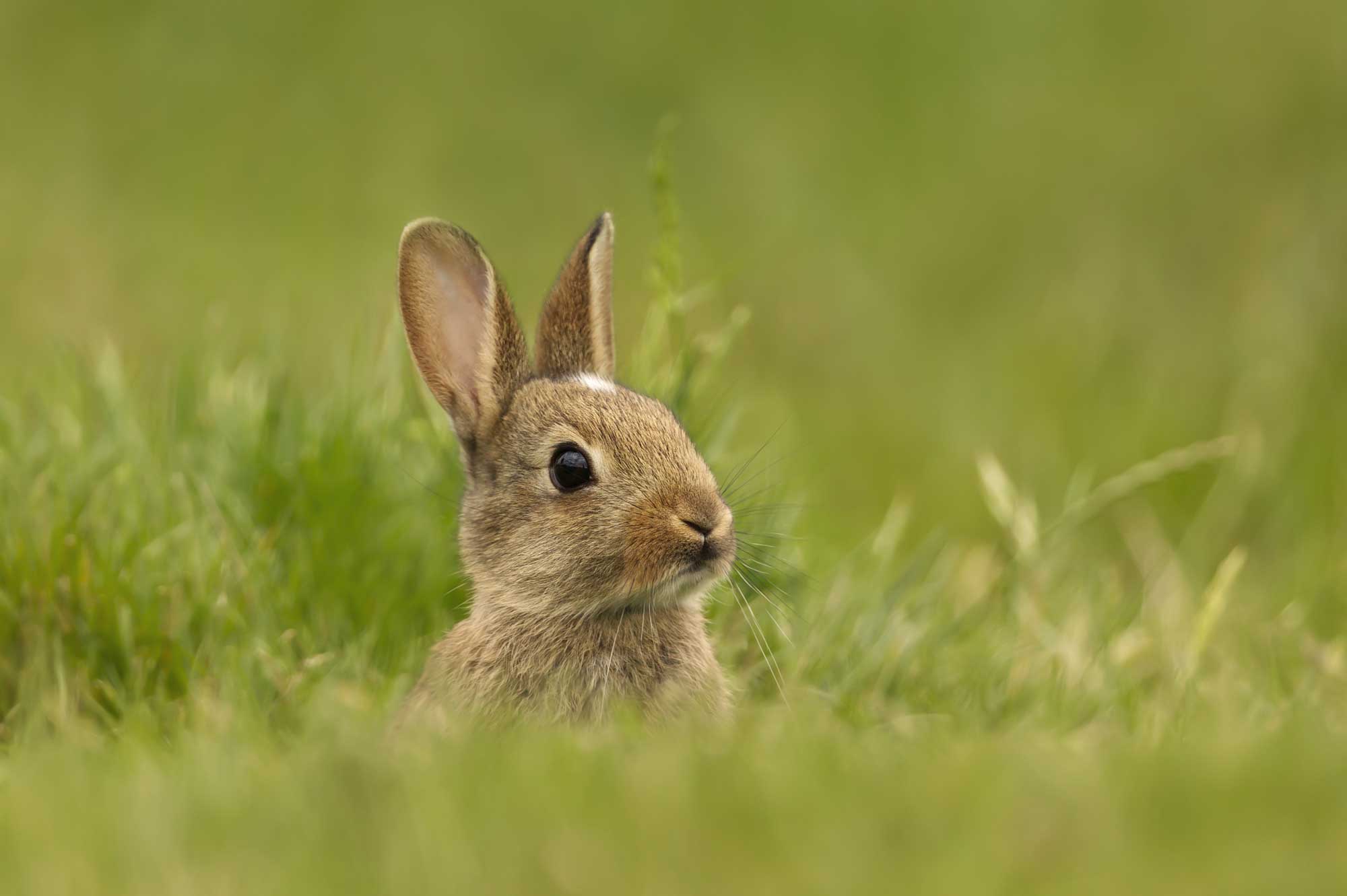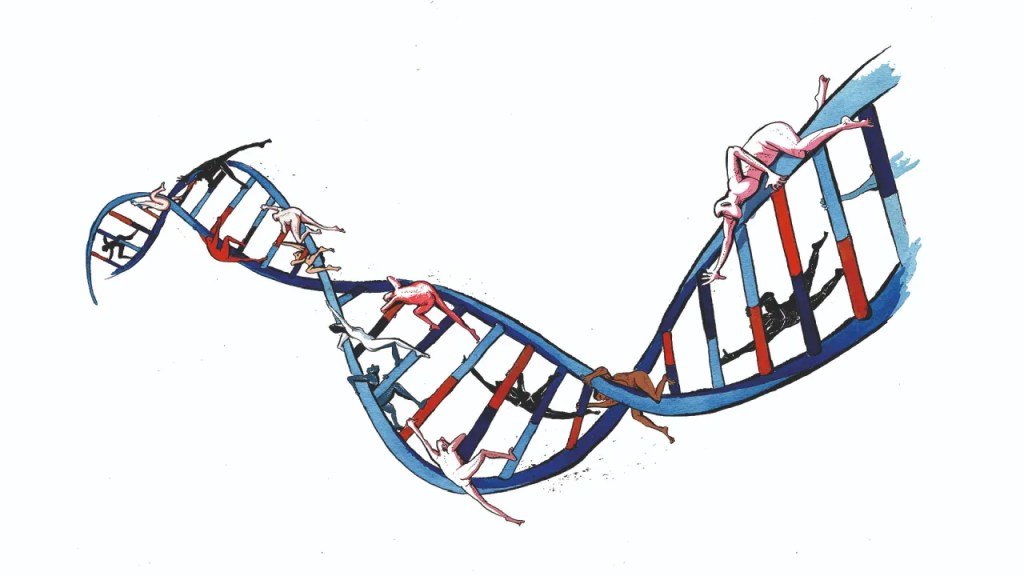
It’s spring and in this corner of rural Sussex, the bluetits are at the window, newborn lambs are bleating in their pens, and all the rabbits are dead. The burrows are still there, but the chewed grass, the little collections of brown pellets, the white bobtails scattering before your headlights at night, they are gone.
I first noticed this in spring 2020, when the ancient nest of burrows in our local woods was suddenly empty. Around that time of year, the scores of rabbits gingerly setting out for the evening made a great meal for the fox cubs who first showed their faces around Easter. Both predators and prey have mostly disappeared. It turns out rabbits were also facing their own pandemic.
As RHD takes hold, fox and buzzard numbers decline too, indicating rabbits’ key role in the food chain
As with Covid, rabbit haemorrhagic disease (RHD) was first spotted in China, wiping out the country’s domestic and wild rabbit population. Now it has descended on Europe. Various strains of the disease have appeared since the 1980s; at one point, RHD was regarded as having a 100 per cent mortality rate. But it is the new strain, RHD2, that seems to be causing the damage. Our local farmer described to me the grim inevitability of spotting a new litter of baby rabbits, knowing that in a few weeks he will find them kicking in the dust. They are victims of an ebola-type disease which devastates their internal organs and causes them to bleed internally. Thankfully, for domestic rabbits at least, there is a vaccine.
We have an oddly charming view of rabbits, despite their status as an invasive species. It’s not just the familiar rabbits of Watership Down and Beatrix Potter; rabbits also take us back to our pre-Christian roots, when their feet were symbols of good luck, and they accompanied the Saxon goddess Eostre as she brought fertility to the land each spring.
On online ferreting forums (not a euphemism), there is despair among the rabbit hunters. ‘Couldn’t believe the dog was not marking but should have trusted him,’ writes one in East Anglia. ‘Only caught two with one getting away. Minimal evidence of rabbit grazing so it’s not that they saw me coming.’ ‘Went last Sunday and nothing,’ posts another in West Yorkshire, ‘I saw a couple warrens half run that dog marked but I left them very sad to see it like that.’ Others on the same forum describe giving up their ferrets as there is nothing left for them to hunt.
For her 80th birthday, my father took my great-grandmother ferreting with her Jack Russells. Lamping, meanwhile, was always my vice. We would strap a deckchair to the front of a Land Rover, and our gang of shotgun–wielding hillbillies would start thinning out the local fields. A neighbour, fed up with the late-night bangs, called the police on us. We were met by a wry sergeant who told us that he and his colleagues would dearly love to join in, but they had to account for all their rounds.
But shooting has never really been about bloodlust. I was taught how to gut rabbits when I was young; slitting the underbelly and cracking the forelegs to get the pelt off was a gory introduction to the realities of eating meat. Those of us who hunt for our supper are normally among the first to notice changes in the countryside.
The Shooting Times has commented that as RHD takes hold, fox and buzzard numbers decline too, indicating rabbits’ key role in the food chain. Natural England has also identified rabbits as a ‘keystone species’ whose scrapes and burrows help insect populations which then support their own predators. Other ground game is also at risk from the virus. Reports from Ireland suggest the European brown hare is susceptible to this new strain of RHD2.
In Spain, where rabbits are native, they are already considered endangered. The population has fallen by around 70 per cent since 2010 because of RHD. Various attempts have been made to reintroduce tens of thousands of rabbits into the wild, with no visible uplift in their population. The virus seems to persist through generations.
Thankfully, around half of pet rabbits in the UK have been vaccinated against the disease, which may go some way to slowing its spread, especially in urban areas. During the Paris Olympics, it was reported that a rogue warren in Les Invalides had damaged shrubbery planted for the games. There was little pest controllers could do; Paris was supporting one of the country’s few successful rabbit colonies, who seemed immune to RHD2.
By the middle of the last century, myxomatosis had wiped out 99 per cent of the wild rabbit population. Thankfully, the bunnies bounced back. The concern, now, is that RHD seems to have a propensity to linger longer than myxomatosis, which makes the rabbit population’s future more uncertain. At a time when conservationists are reintroducing wild and exotic animals into our countryside, spare a thought for the rabbit. We’ll be sorry to see them go.
Henry Williams joined the latest Spectator Edition podcast to talk about ‘bunny ebola’:








Comments